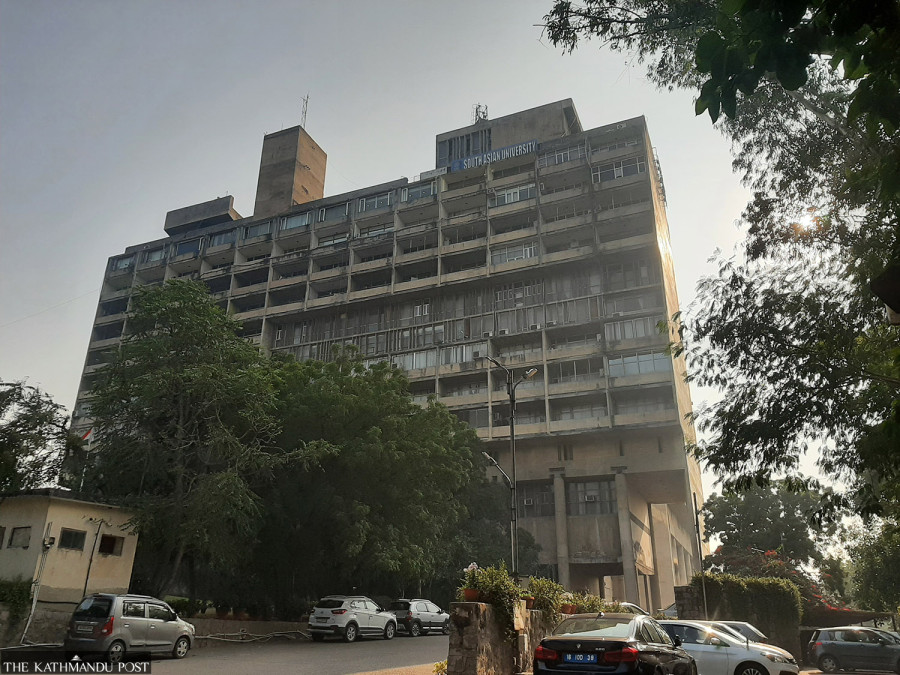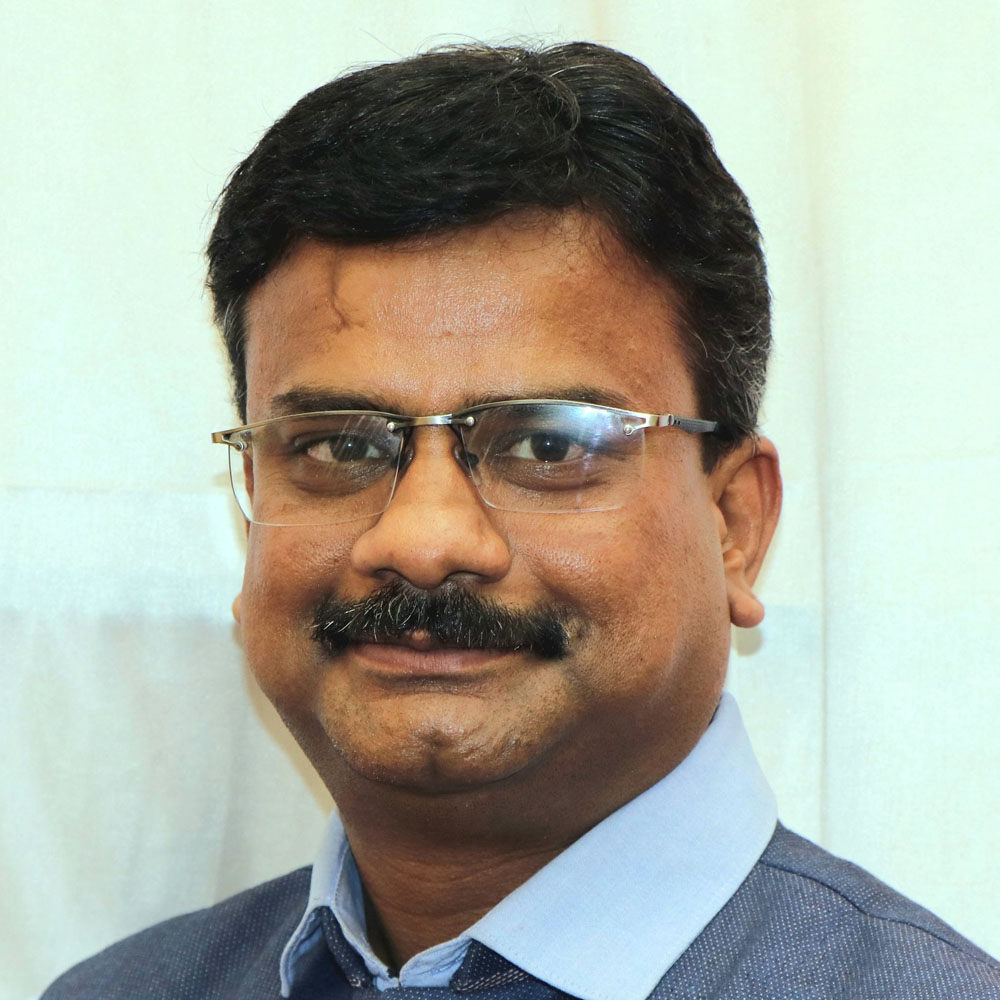National
South Asian University stares at uncertain future
The university’s plan to develop its infrastructure and expand academic pursuits has been on hold as the main governing body of the university has not officially met for five years.
Rajesh Mishra
With the South Asian Association of Regional Cooperation (SAARC) reaching a moribund state, the projects under its umbrella face an uncertain future.
One of its most ambitious and successful feats is the establishment of South Asian University in New Delhi, but the stalemate in which SAARC finds itself has raised questions on the survival of the university.
The SAARC, of which Nepal is a founding member and the current chair, has not been able to hold its 19th summit since it was called off in November 2016.
Back in 2016, India’s refusal to participate put the meeting on hold.
The 18th SAARC summit was held in Nepal in November 2014.
As per the SAARC charter, the summit can be held only with the participation of all member states. Last year, Nepal’s effort to conduct an in-person meeting to make a push for moving the SAARC process forward fell flat after the Taliban takeover in Afghanistan in mid-August 2021.
The SAARC conundrum has had a direct impact on the South Asian University and its faculty and students. The main governing body of the university has not officially met for five years and this has stalled several important undertakings of the university.
At the 13th SAARC Summit in Dhaka in 2005, the then Indian Prime Minister, Manmohan Singh, proposed the establishment of the South Asian University. The proposal was then signed at a conference in New Delhi in 2007. A project office was opened in New Delhi in 2008.
The SAARC charter dictates the governing body of the university meet every six months but such meetings have not taken place in a while, says Yuvraj Pokharel, associate professor at the university.
The university has been awaiting a nod from the governing body, of which Prof. Bhim Subedi is the chairman, to implement its several plans, including the development of its infrastructure and expansion of its academic pursuits.
“The frequent cancellation of meetings of the SAARC members and politicisation in the regional cooperation have affected the operation of South Asian University,” said Pokharel. “It is imperative that all member states come together and hold talks and meetings if the projects in the association’s roster are to see success.”
The bloc of seven South Asian nations—Nepal, India, Pakistan, Afghanistan, Maldives, Bhutan and Sri Lanka—has largely been held hostage to India-Pakistan bilateral conflict, which has inadvertently had an adverse effect on the university, say stakeholders at the university.
“The political and regional conflicts have influenced SAARC and by extension the South Asian University,” said Pokharel.
“Academically, the university has made progress but we are running on limited resources,” said Srinivas Burra, another associate professor at the university. “Out of the four vital posts, three are being run by acting chiefs.”
The 16th conference held in Bhutan in 2010 decided the university would teach seven subjects. Students of postgraduate and doctoral candidates can study Mathematics, Biotechnology, Computer Science, Development Economics, International Relations, Law and Sociology.
The university, which is currently located at Akbar Bhawan in Chanakyapuri, Delhi, is constructing its own campus on 100 acres of land in Mehrauli, Delhi but is yet to be relocated.
“The construction of campus space in Mehrauli is ongoing. We were supposed to relocate to the new site in 2016-17 but that has not happened yet,” said Burra. “This has hampered our plans of expansion.”
India provides 50 percent of the budget for operational expenses and the remaining 50 percent is provided by the seven member countries. Nepal bears 3.5 percent of the cost. The same proportion of students receive scholarships at the university.
Currently, there are 30 Nepali students enrolled for PhD at the university and 55 for postgraduate. There are three Nepali professors in the teaching faculty and one Nepali national in the administration department.
Most postgraduate students are on scholarships, says Prakash Bhandari, a PhD candidate from Nepal studying International Relations. The university provides a monthly stipend of INR 25,000 to PhD candidates, he says.
“I am worried about the future,” said Bhandari. “Our future hangs in the balance since the university may be forced to shut down for a lack of funds and cooperation among member nations.”




 6.1°C Kathmandu
6.1°C Kathmandu










%20(1).jpg&w=300&height=200)




